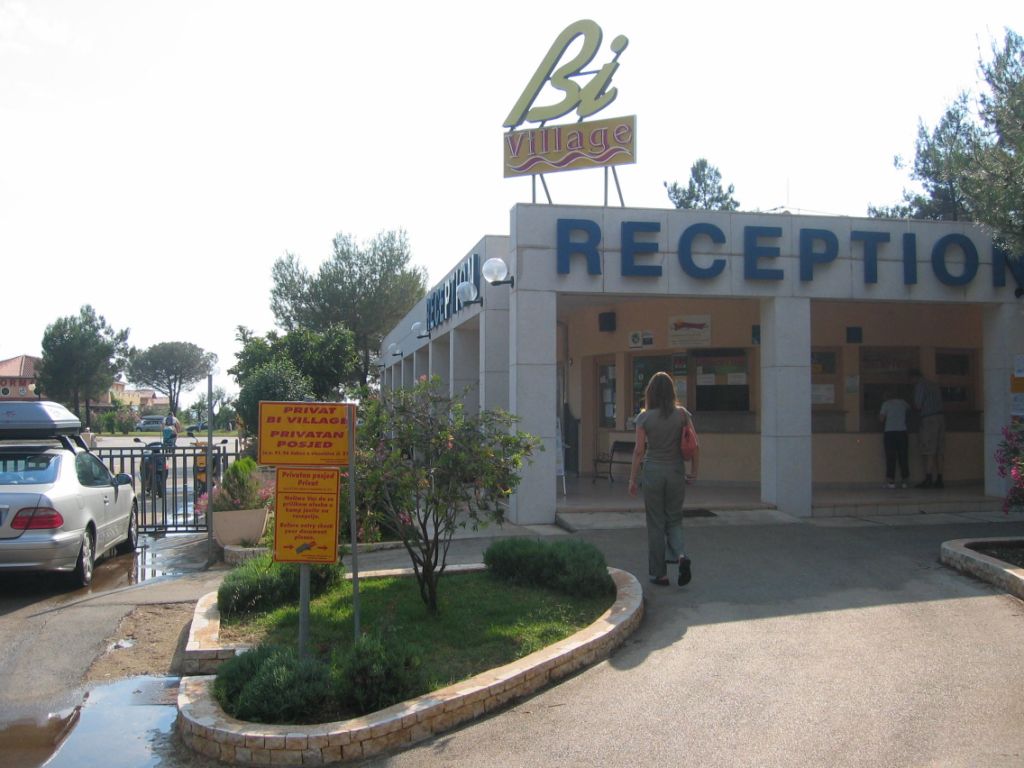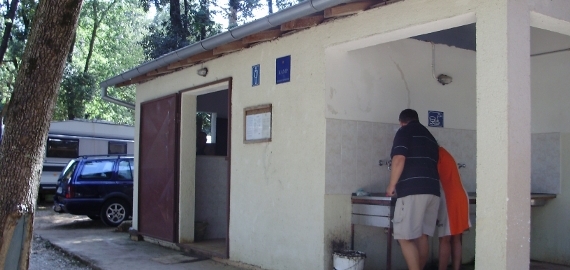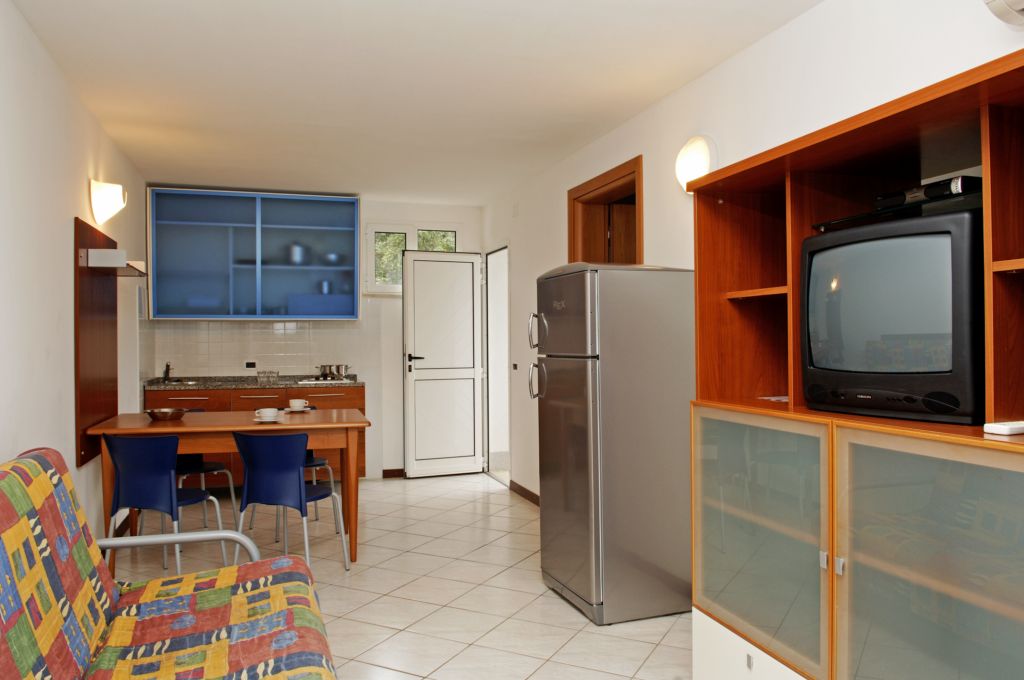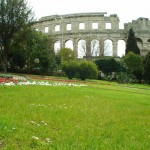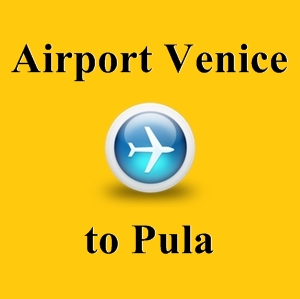Pula history of the city
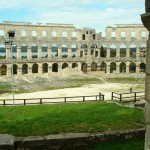 The history of Pula starts way back, actually up to a million years ago, hominid remain dating back that far was found in a cave close to Pula, pottery documents a real settlement in the Pula area from year 2000 – 6000 BC.
The history of Pula starts way back, actually up to a million years ago, hominid remain dating back that far was found in a cave close to Pula, pottery documents a real settlement in the Pula area from year 2000 – 6000 BC.
The development of the city took pace, after the Istrian peninsula was concurred by the Romans in 177 BC. The city as an important port managed to grow to a size of 30.000 inhibitors and achieved a colonial rank. The main sights of the town (like the Arena and the Forum), is buildings from the period of the Roman ruler ship, which lasted till the collapse of the Roman Empire.
After the Roman Empire, the City was, like the rest of Croatia in the hands of changing rulers, like e.g. Byzantine Empire, the Slavs, Republic of Venice, Genoese, before an almost 500 years long period under Venetian ruler ship from 1331 to 1797. Of course the city suffered under the changing of the rules, which often was a result of battles, causing great damage to the city, by the middle of the 18thcentury the city was close to extinction as only 300 inhibitors was left, after years with war, malaria, typhoid and plague.
The rise and shine of Pula came in the beginning of the 19th century, when the Austria Empire (Later Austrian-Hungarian Empire) took over the ruler ship of the city, already by the middle of the 19th century Pula had become the main navel base in the Austrian Empire, and the Danish Admiral (working for the Austrians) Hans Birch Dahlerup appointed the city as the Ship building centre of the Austrian Empire. At the beginning of the 20th century the population of the city was close to 60.000.
The collapse of the Austria- Hungarian Empire and the WWI was the next set back for Pula, the city came under Italian ruler ship after the World war. The lack of shipbuilding contracts, let to massive dismissals in the ship building industry, which had many people leave the city. In WWII the city was taken over by the German Military, which eventually let to several air raids on the city by the allied.
Finally on September 15, 1947 Pula became a part of the Yugoslavian republic and eventually a part of Croatia.
Summary Attacks on Pula
During its long history Pula and luckily parts of the amazing buildings from the Roman Empire has manage to survive the numerous attacks:
- Octavian`s demolishment of the city around year 50 AD.
- From around year 500 AD to year 1.150 the city was concurred and re concurred about 10 times, by different rulers.
- In the 13th an 14th century the Venetian and the Genovese had several battles to concur the city.
- During WW2 the city was bombed by the allied.
Tags: Arena









